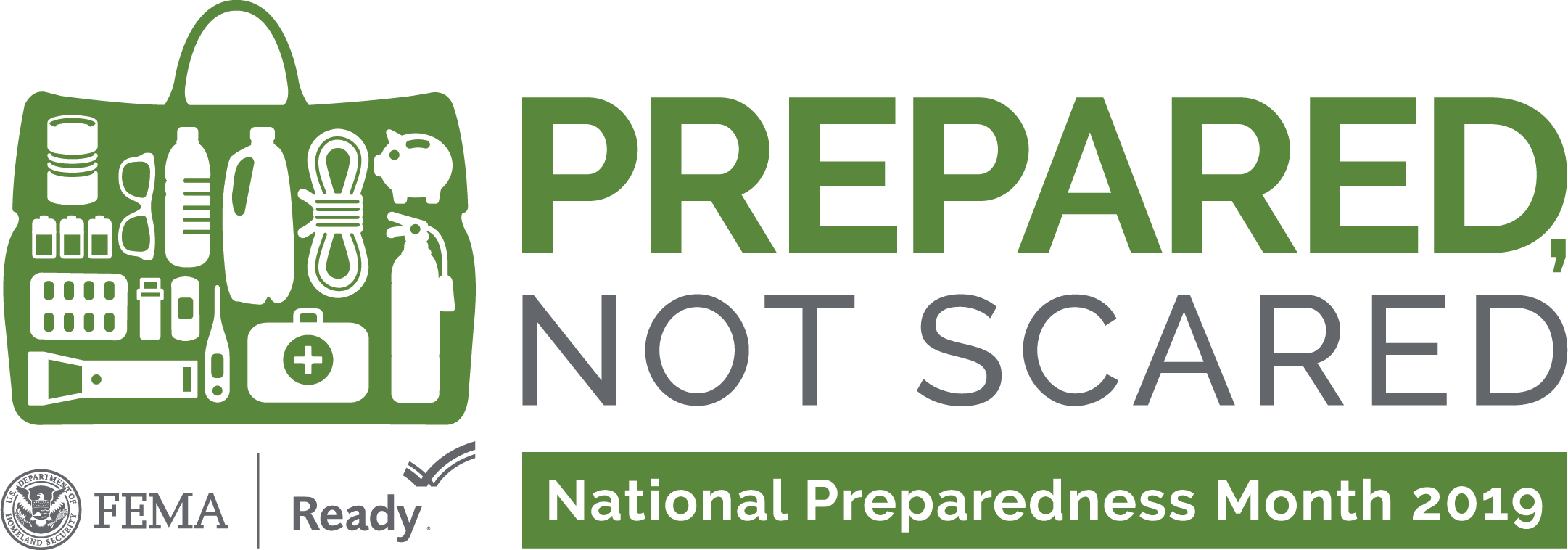For National Preparedness Month, Medxcel shares ideas on how to be ready in case disaster strikes.
This summer, much of the country was focused on the development and path of Hurricane Dorian, which formed in the Atlantic on Aug. 24 and began impacting the Unites States on Sep. 3. Many times, hurricanes provide enough lead time to prepare detailed plans and coordination calls so we may respond as One Ascension. But other disasters, such as earthquakes, tornados or mass causality events, can occur with no notice. The key to having a successful response for known or unknown events is you.
Have a Plan at Home
Having a plan helps you understand how to prepare for and respond to disasters – at home and work – according to Scott Cormier, Vice President, Emergency Management, Environment of Care and Safety, Medxcel.
Practice Makes Perfect
To get started, download this Safety and Emergency Toolkit.pdf to write out your plan. One of the best resources in building your plan is your in-market Medxcel Safety Officer. They are experts and can tell you the top five hazards in your area.
Scott encourages practicing your plan – like the fire drills conducted at Ascension sites. “Make sure to include other family members in your plans as well,” he said. “Plan for pets. Plan for family members in long-term care.”
This also includes understanding your insurance coverage. Do you know what disasters your insurance will cover? Are you in a specific disaster zone (flood, hurricane, etc.)? That will help you in the recovery process.
Know and Participate in Your Work Plan
Medxcel recommends healthcare facilities consider four key components to disaster preparedness to safeguard their patients and facilities. Comprehensive training, technology fail-safes and leadership involvement are all examples of how facilities can begin to develop effective emergency management protocol.
- Plan to prepare and prepare to plan.
It is paramount for a hospital to protect itself against disasters with a plan. Planning includes performing a risk assessment that contains vulnerabilities to natural, technological and manmade disasters. Mitigation strategies can include closing flood-risk areas before storms and hurricanes, stockpiling personal protective equipment, and building structures to withstand tornados.
- Have leadership buy-in.
Hospitals must remain open during a disaster for vital patient intake and continued quality care; therefore, leaders must acknowledge the importance and value of emergency management programs and continue to place weight on them.
In the case of a storm, leadership will play an integral role in decision making. Critical decisions such as additional resources and patient evacuation need to be made at least 48 hours before landfall of a hurricane, and many times the impact area and intensity are still unsure at that time. The leadership team will also be responsible in determining staffing plans, canceling elective procedures and closing off-site locations. It’s also up to them to act quickly and coordinate decisions with other hospitals in the impact area.
- Communicate early, often and accurately.
Communication is an essential component of proper disaster preparedness. Healthcare facilities will need to communicate early, often and accurately, no matter the situation. Withholding information is not an option; with the rise of social media, it is imperative that hospitals control communication with regular updates. One method to accomplish this is through a public information team.
Staff communication should begin as part of the planning process. Understanding which staff are available to assist during a disaster, and any needs they have (such as child, family or pet care) is crucial. Patient and family communication are also critical. Patients and their families should understand you have a plan to continue to provide care and keep them safe, and know when and where to find out information about their families during a storm.
- Evaluate annually and after each emergency event.
Plans should be updated annually regardless of if disasters occur. After each event, a thorough after-action review should be completed, including input from staff, patients and community response organizations. If any corrective actions are needed, a specific corrective plan should be written with leaders and timelines assigned. Once the corrective plan is completed, the updated plan should be tested through exercise, and staff should be re-educated on any changes to the plan.




